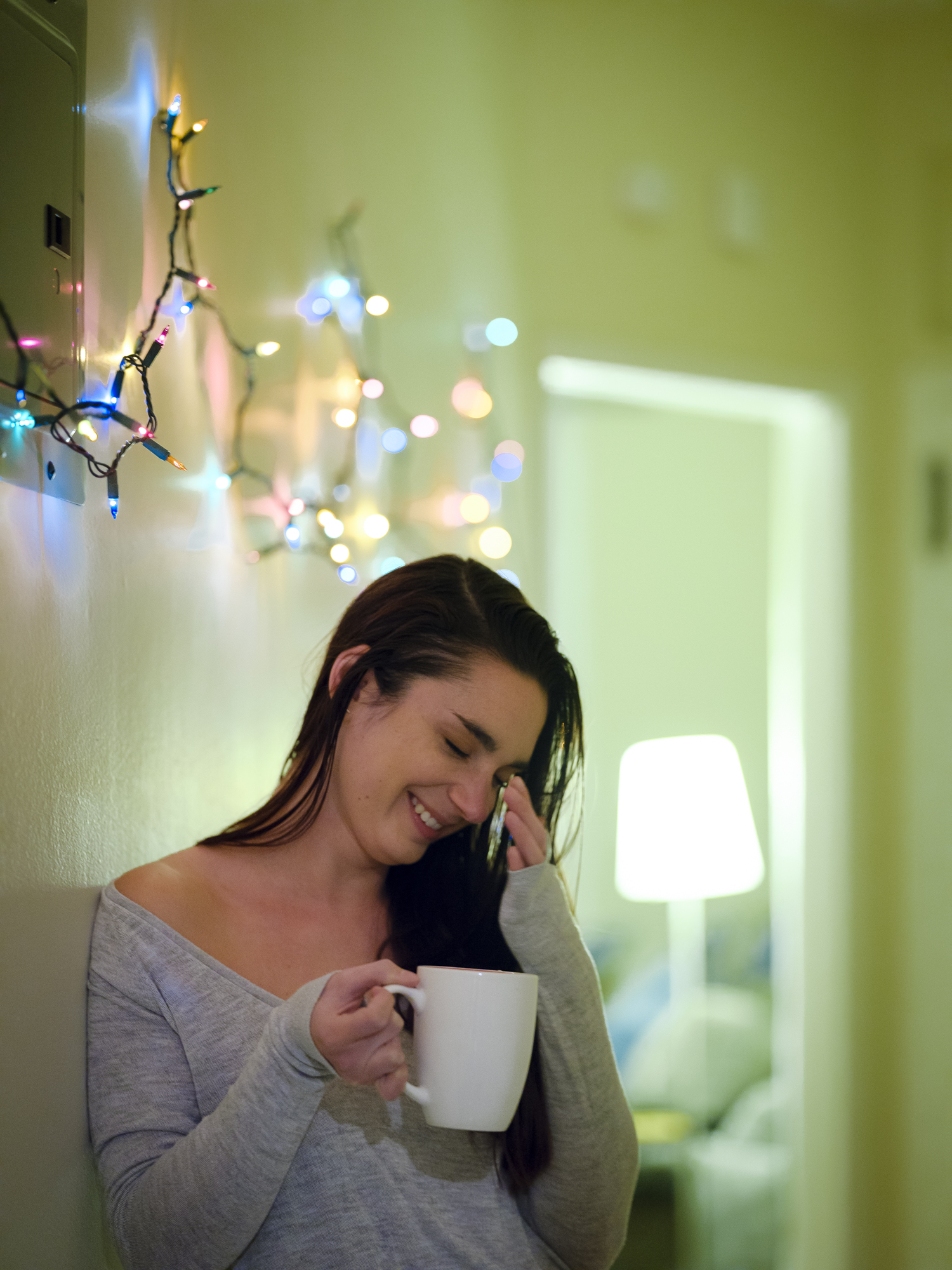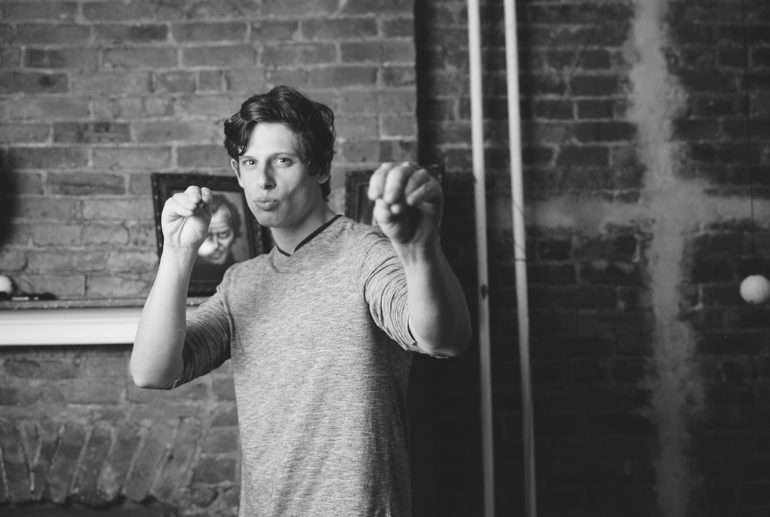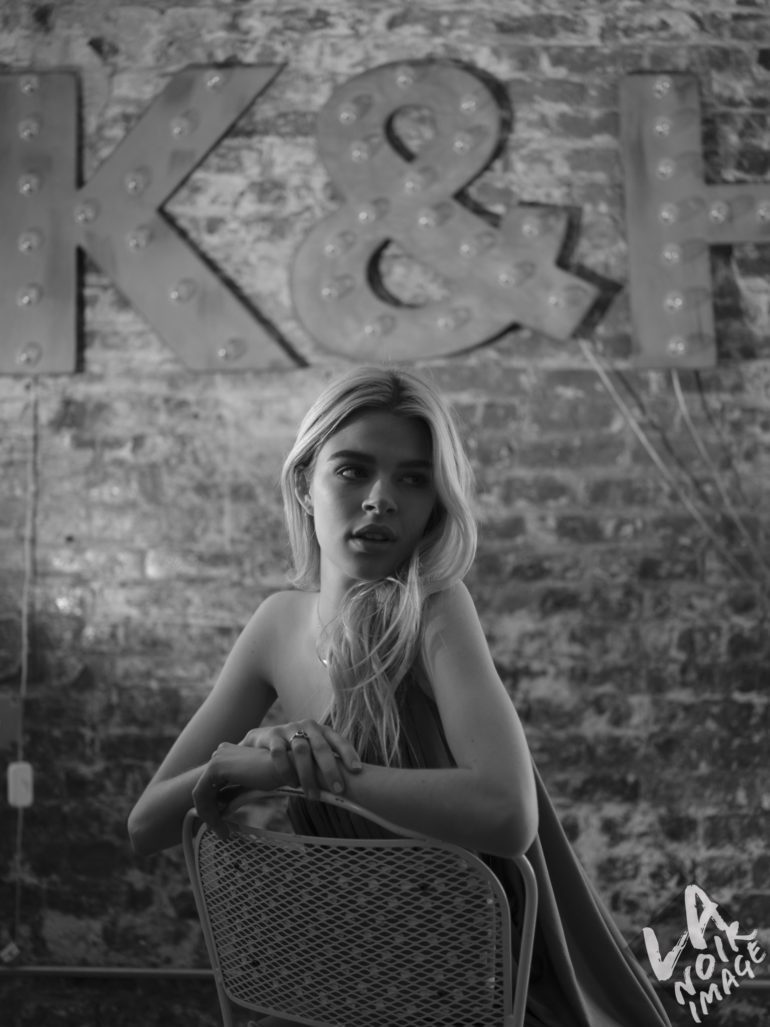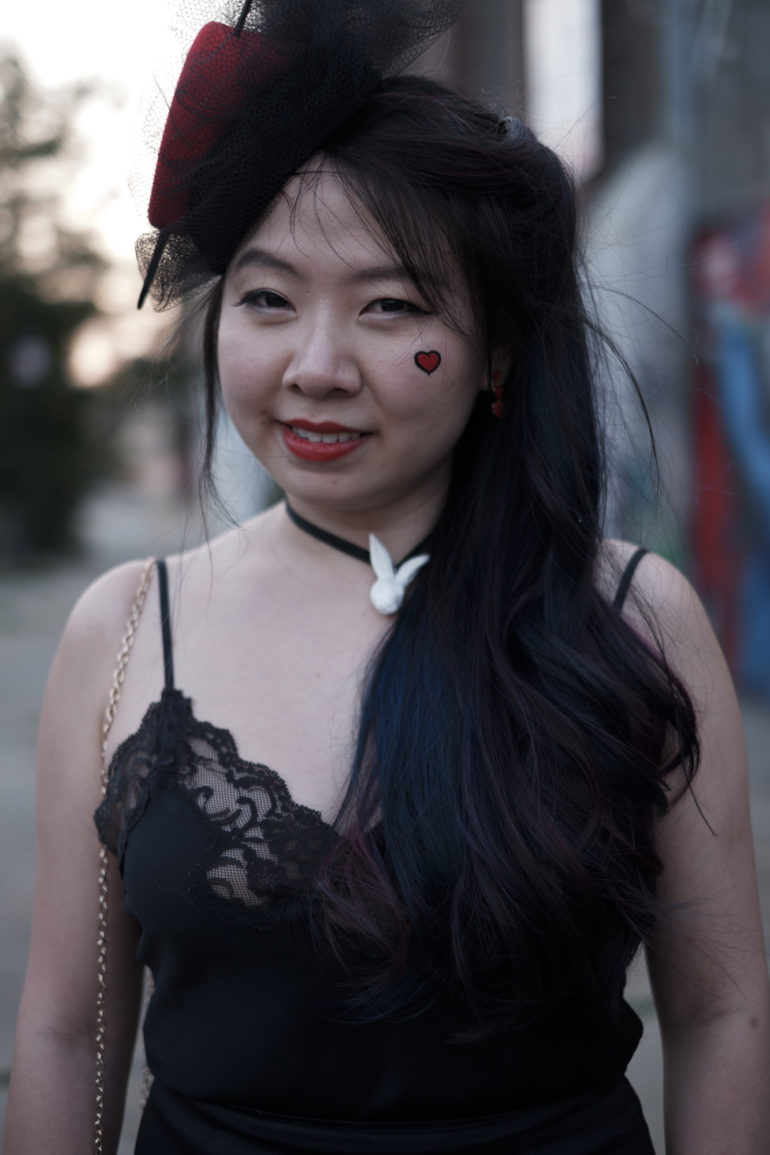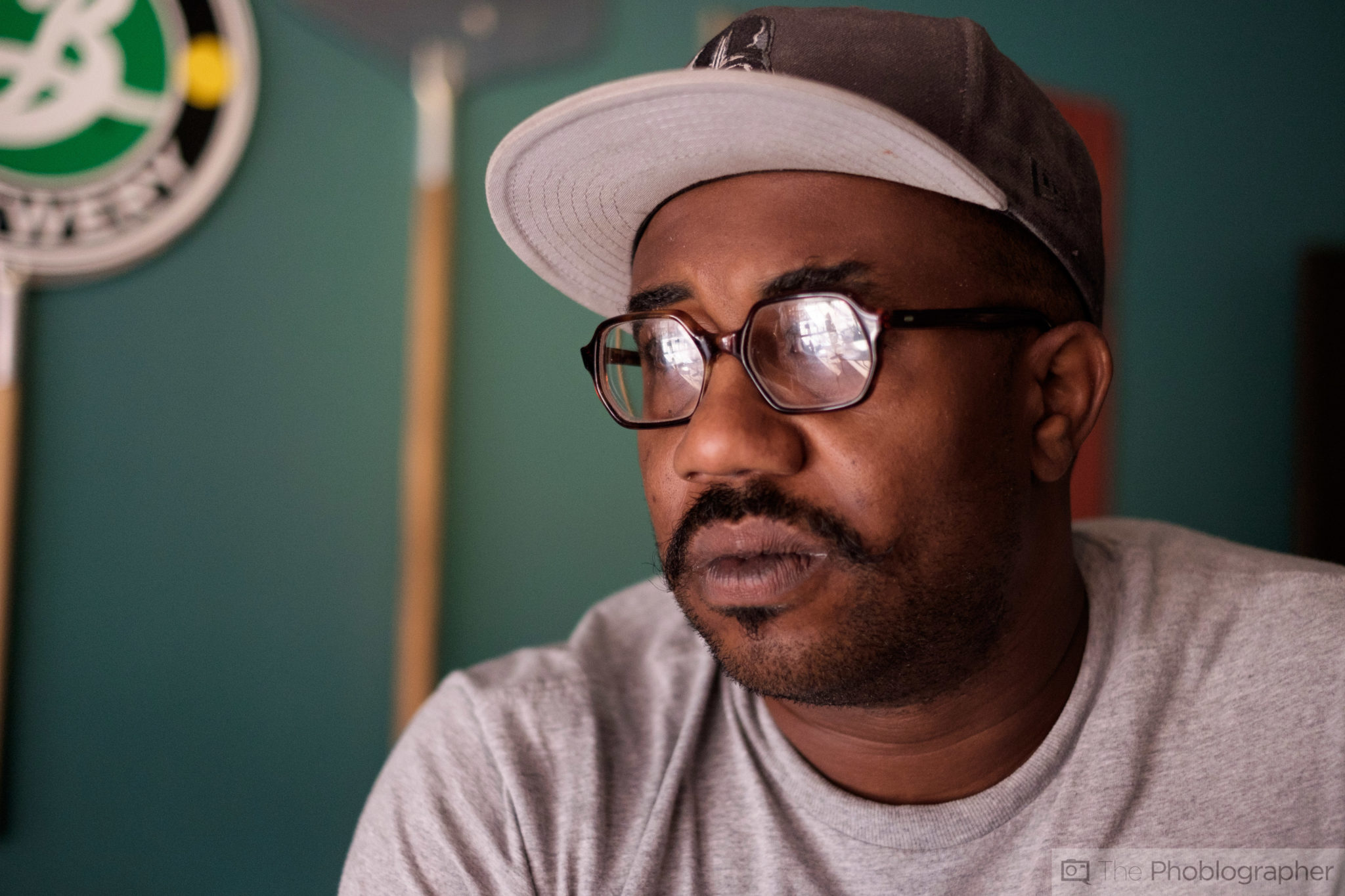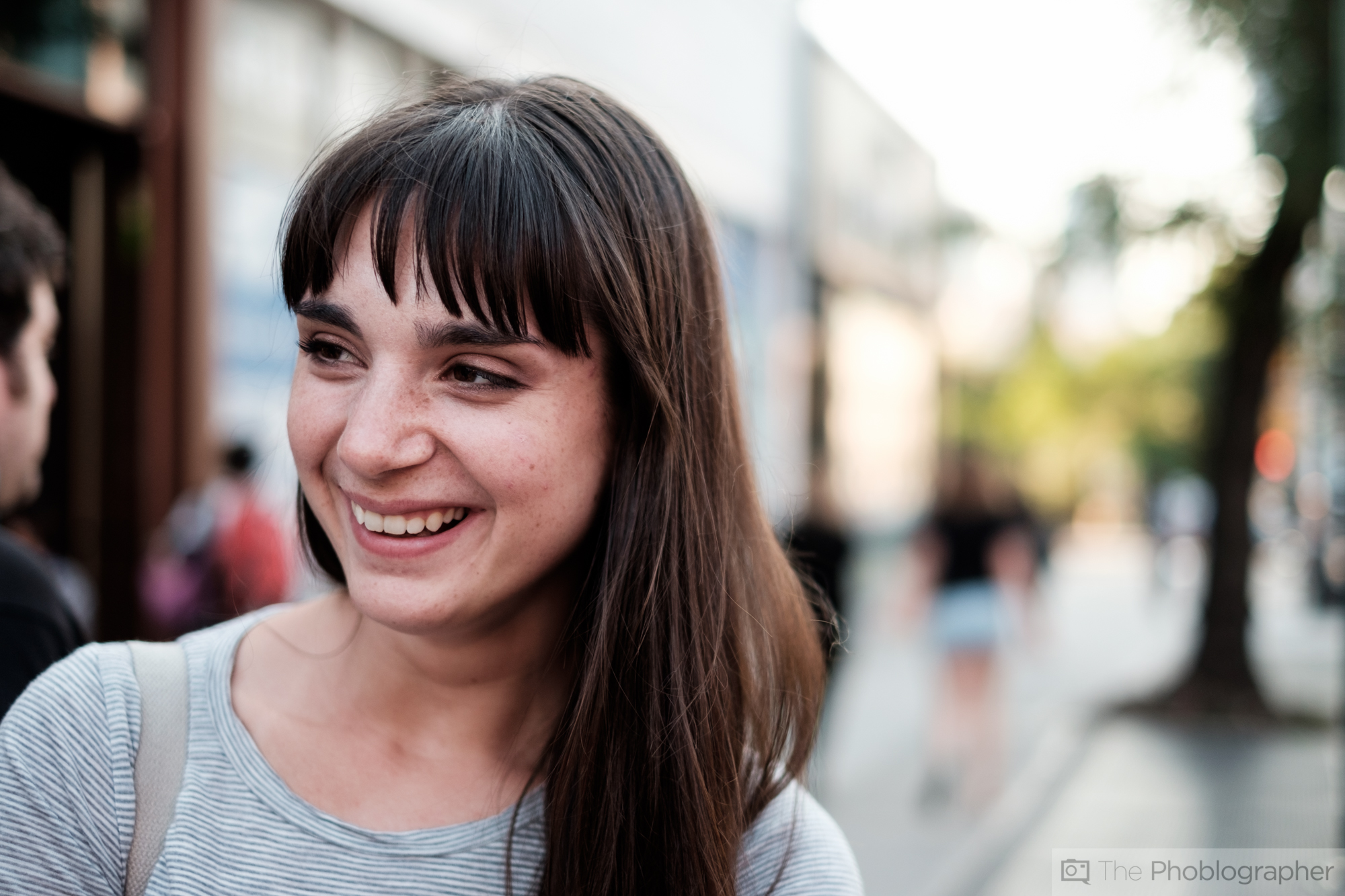Last Updated on 10/01/2020 by Chris Gampat
The Fujifilm film simulations look great right out of the camera and there is no need to do major adjustments in post if you shoot carefully.
Despite the fact that so many photographers would rather throw their cameras away than shoot in JPEG, I’ve come to realize that I like the look of the JPEGs of many cameras–Fujifilm in particular, but the output from Canon, Sony, and a number of others is also really stunning. I’m not discouraging the shooting in RAW photo mode; I’m encouraging the shooting in RAW and JPEG mode. This doesn’t go necessarily just for Fujifilm, but I’ll admit that of the major camera manufacturers they have the single most unique JPEG photos. I’m also not even sure that’s up for debate; it’s more a fact.
I want to look at Acros as an example.
Can you honestly tell which images were shot on film and which were shot on digital? Well if you’ve been a reader of this site for a while, you’ll know that the first two photos are film scans and the other two are digital. Acros–the grain, the tones, and the overall beauty of the film–translates very well for Fujifilm. While other camera manufacturers make great black and white camera profiles, the look of Acros is honestly something special when it comes to embracing the look of Fujifilm’s high ISO noise and all. Even at the lower ISO settings, the sharpness of the film look comes through in a way that is bound to remind you sometimes of medium format film. Look closer at the film photos above and you’ll see what I’m talking about.
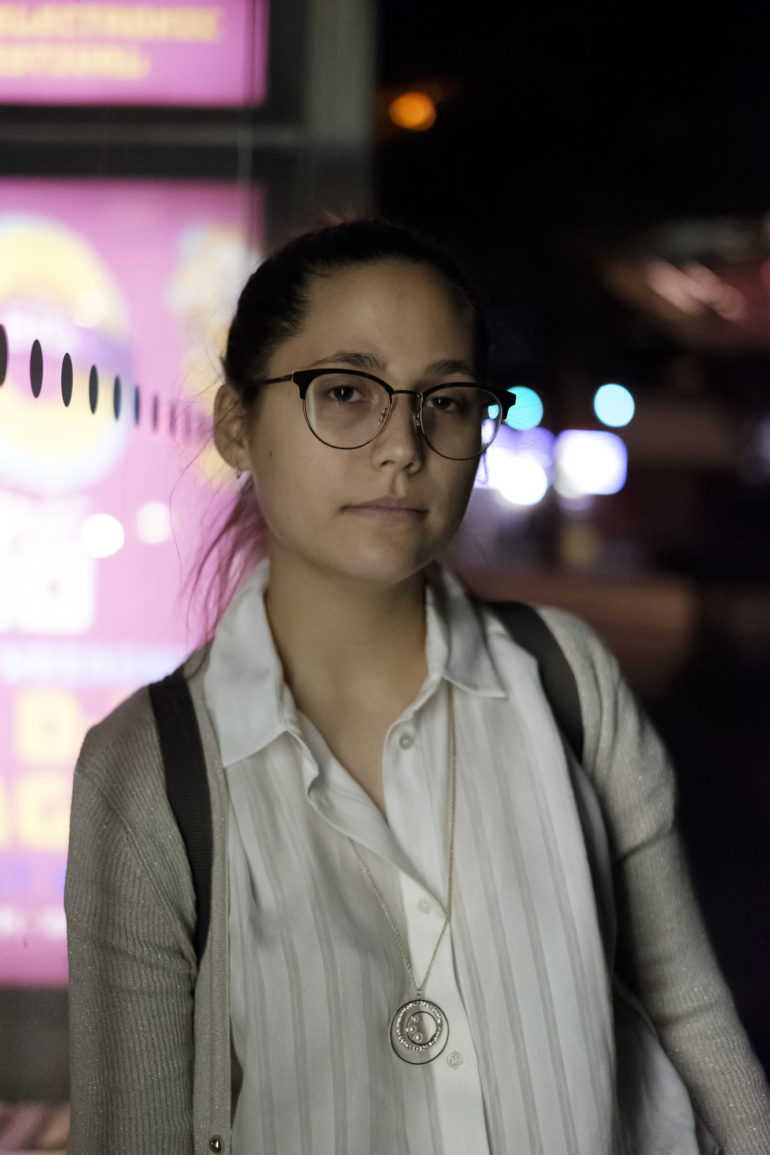
Then there is the look of Classic Chrome. I’m focusing here on Fujifilm’s JPEGs because again, they’re unique and designed to simulate the look of film with varying degrees of success. But the look of Classic Chrome is really something that is that much different. The way certain colors and tones even get rendered tend to change when working with the film simulations. And if you’re a film shooter who likes the look of film and no VSCO, Mastin, RNI, etc. then you understand how magical it can be when you get it all right (to your eyes and your own intentions) in camera.
To that end, shooting JPEGs allows you to enjoy the look of the images right then and there for what they are. It allows you to bask in the efforts that you put in-camera to get the exposure right, the white balance right, the depth of field, the posing, etc. Having the RAW lets you experiment more later on.
And in some ways, I want to liken this shooting process to working with peel apart instant film because you get both a negative and a positive image. In the end, it’s all worth both shots.


